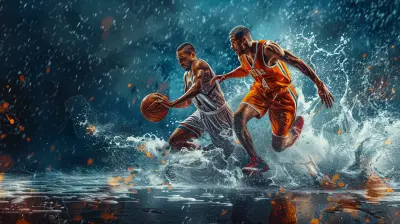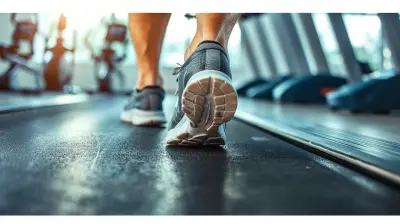How Sports Science is Revolutionizing Injury Prevention
19 June 2025
Injuries are a part of sports. We all know that. Whether you’re an elite athlete, a weekend warrior, or just someone who loves to stay active, you’ve probably had your fair share of sprains, strains, or worse. But what if I told you the game is changing — and injuries might soon be the exception, not the rule?
Yep, that’s the power of sports science. It’s not just about shaving milliseconds off sprint times or beefing up biceps anymore. Sports science is stepping off the sidelines and jumping straight into the battle against injuries. And trust me, it’s winning.
Let’s break down how.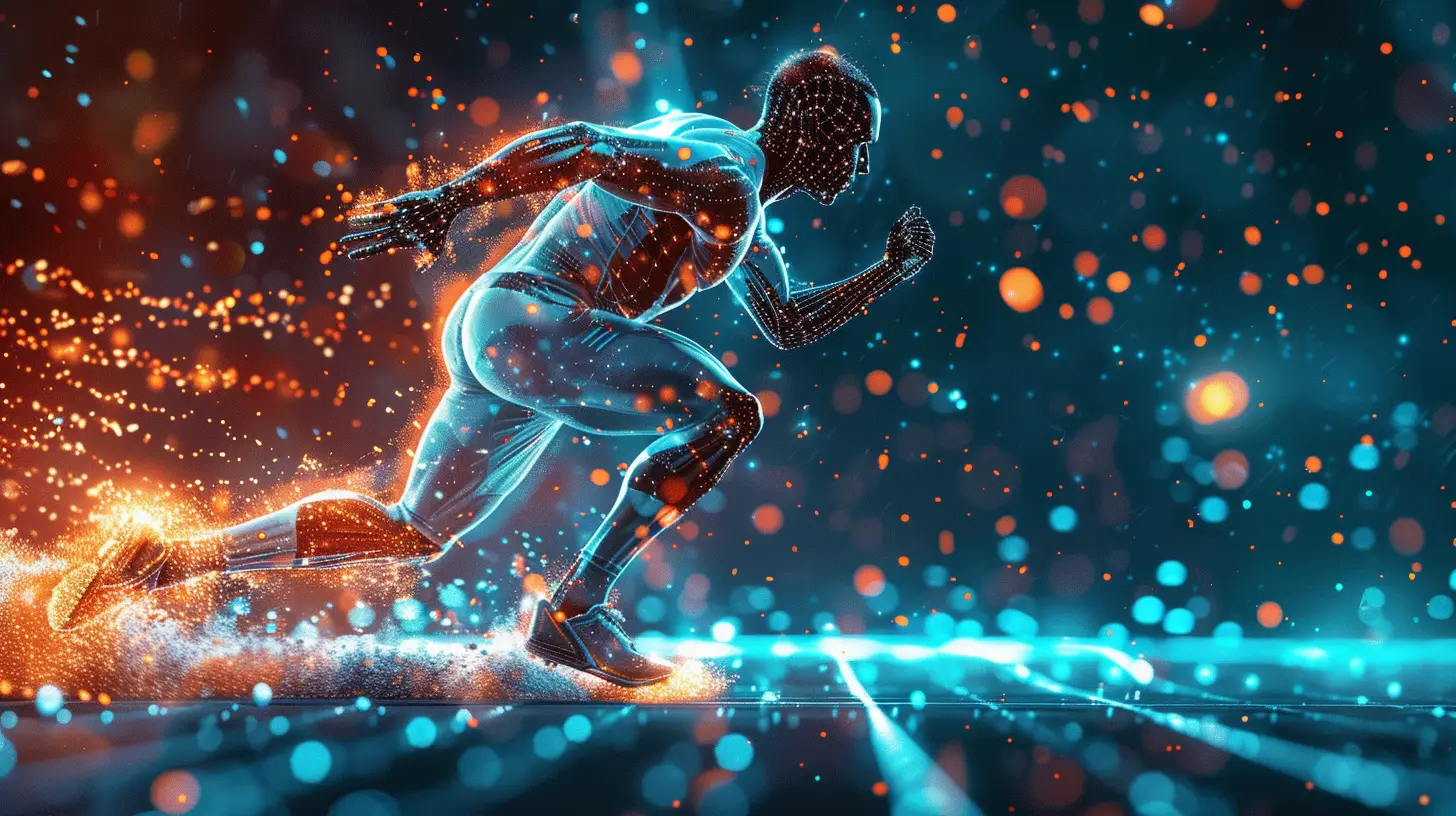
What Exactly Is Sports Science?
First things first — what is sports science, anyway?Think of it like a team of brainiacs in lab coats (but cooler) who study how the human body performs under physical stress. Sports science combines areas like:
- Biomechanics: How movement works.
- Physiology: How your body reacts to exercise.
- Sports psychology: The mental side of performance.
- Nutrition: Fueling the body the right way.
- Data analytics: Numbers that tell the story behind the sweat.
Together, these fields are reshaping how athletes train, play, and stay safe.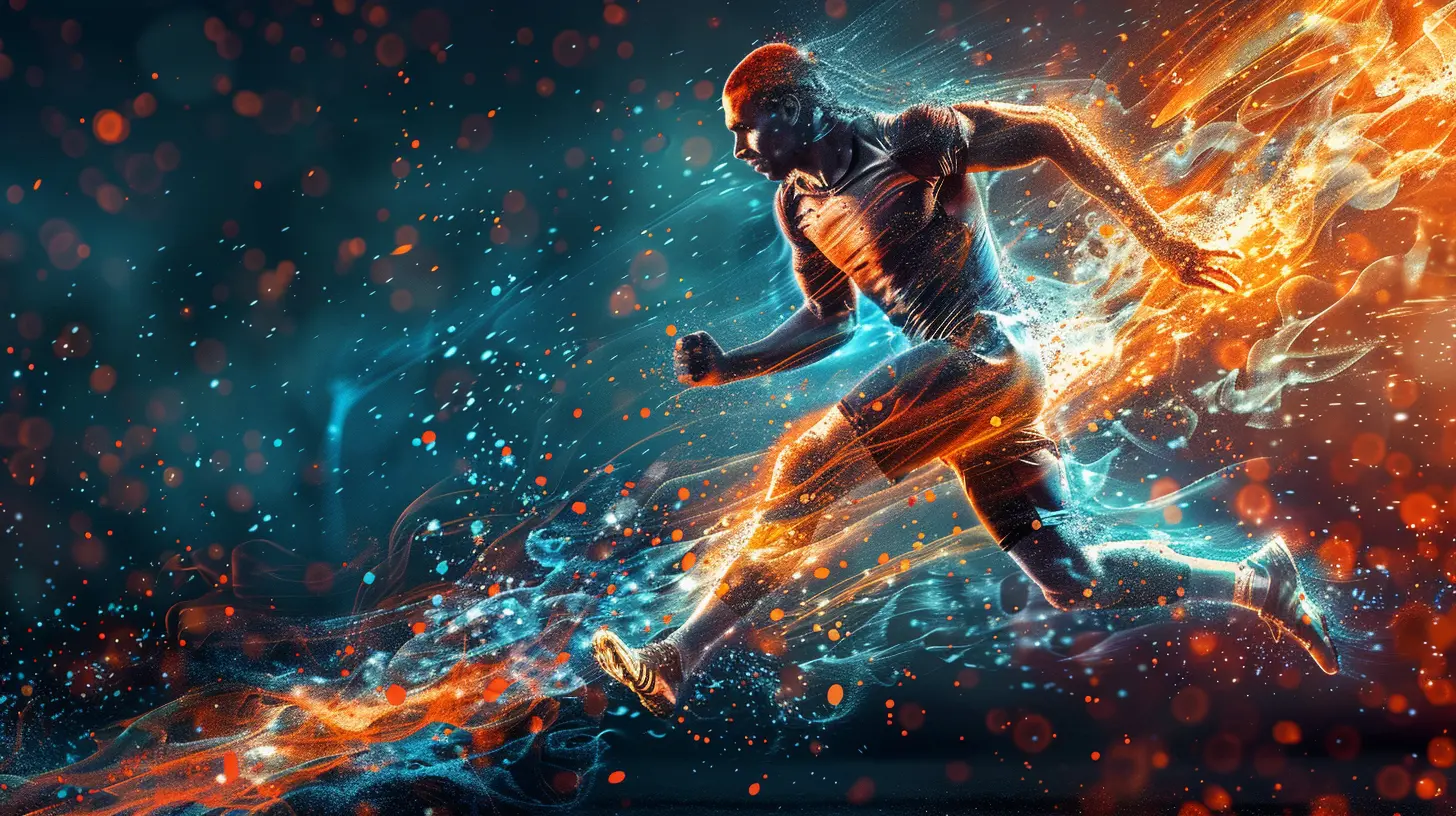
The Shift From Reactive to Proactive
Let’s be real. For a long time, injury prevention was… well, kind of an afterthought. You’d warm up, stretch a bit, maybe pop an ice pack on afterwards — and hope for the best.But now? Thanks to sports science, we’re flipping the script. Instead of reacting to injuries, we’re preventing them from happening in the first place. And that’s a total game-changer.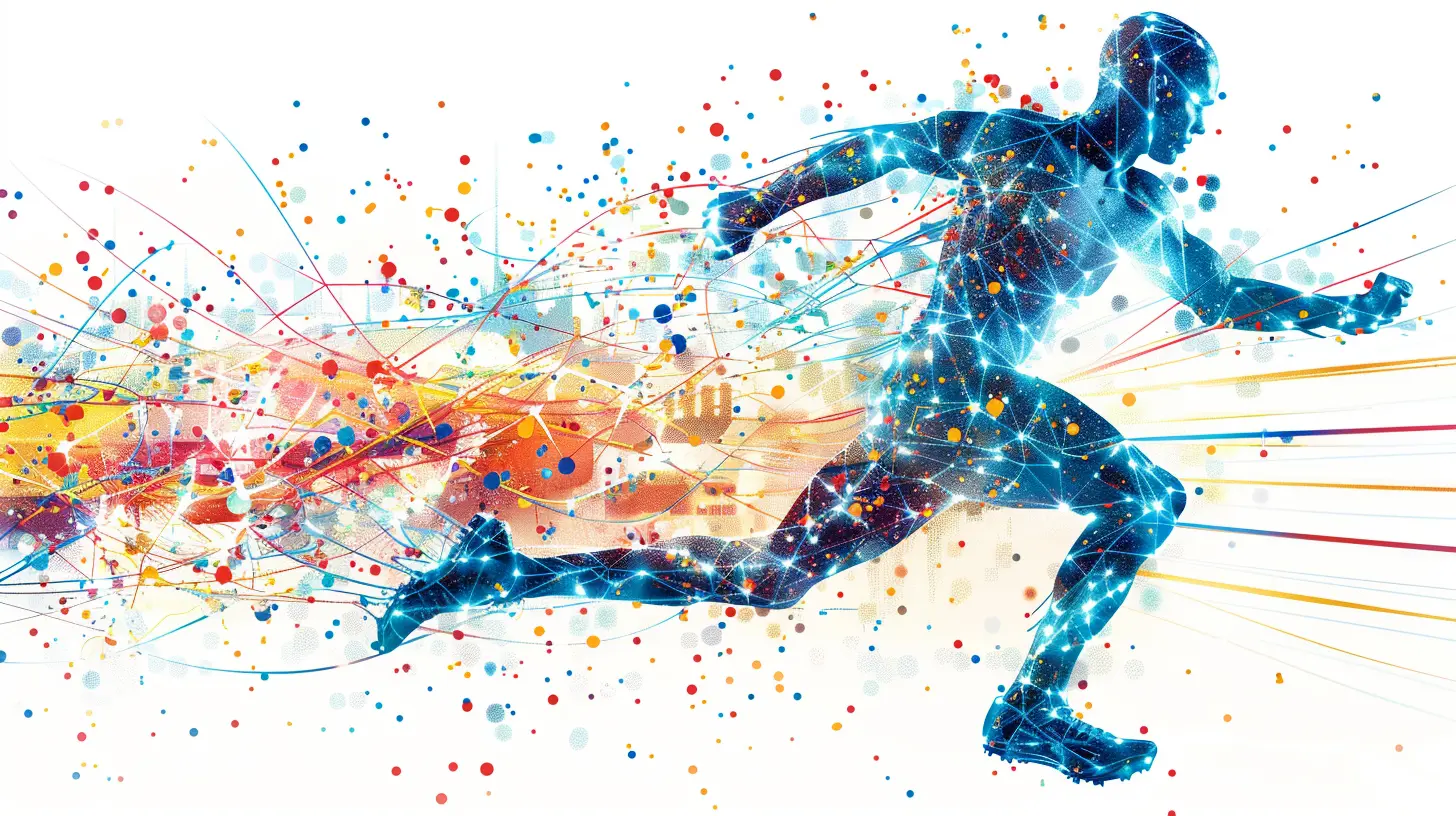
Biomechanics: Breaking Down Every Move
Ever seen those motion-capture suits athletes wear — the ones that make them look like they’re in a video game? That’s biomechanics in action.By analyzing every joint angle, muscle movement, and stride pattern, experts can spot small imbalances that could lead to big problems down the line.
For example:
- A slightly inward knee during a jump might signal a risk for ACL injury.
- Uneven foot strike in runners could mean shin splints or stress fractures.
With this data, coaches can tweak technique, adjust training loads, and even recommend personalized strength exercises. That’s like nipping injuries in the bud before they even start to bloom.
Wearable Tech: Your Body, Now With a Dashboard
Welcome to the age of smart everything — including your workout gear.Wearables like GPS trackers, heart rate monitors, and accelerometers aren't just cool gadgets for stat geeks. They’re tools that give real-time feedback on how your body is holding up.
Let’s say an athlete is fatigued and their running form starts to break down — their wearable will pick that up. Coaches can then reduce training intensity or rest them before an overuse injury creeps in.
And get this — pro teams are now using load management strategies powered by wearables to ensure athletes don’t overtrain. That means fewer muscle strains, stress reactions, and season-ending mishaps.
Technology? 1. Injuries? 0.
Load Monitoring: Finding the Sweet Spot
You know that saying, “No pain, no gain”? Yeah, sports science is kind of over it.Today, it’s all about training smarter, not harder. Enter load monitoring.
This approach tracks the total stress an athlete experiences — not just physically, but mentally too. Because guess what? Exhaustion, anxiety, and poor sleep all mess with recovery.
Tools like the Acute:Chronic Workload Ratio (ACWR) help predict when an athlete might be at risk. It compares recent training volume (acute) to longer-term volume (chronic). If that short-term load spikes too fast — boom, red flag.
Smart coaches use this intel to adjust rest days, taper workouts, and even change drills. It’s like having a crystal ball for injuries.
Nutrition: Fuel That Protects
Believe it or not, what athletes eat can protect their bodies almost as much as how they train.Sports science has shown that poor nutrition can lead to:
- Slower muscle repair
- Increased inflammation
- Decreased bone density
- Low energy availability
All of which are big-time culprits for injury.
So now we’ve got sports dietitians dialing in macros, micronutrients, and meal timing like they're composing a symphony. The goal? Keep muscles strong, bones resilient, and bodies ready for the grind.
A bowl of oatmeal might not seem like armor — but for a well-trained athlete, it kind of is.
Recovery Science: The Unsung Hero
We all love the grind — the early mornings, the late-night reps, the hustle. But if we’re not recovering properly, all that effort might just backfire.Sports science has flipped the script on recovery too, turning it from “optional” to essential.
Here’s how:
- Cryotherapy: Ice baths help reduce inflammation and muscle soreness.
- Compression gear: Increases blood flow and accelerates recovery.
- Sleep tracking: Ensures athletes hit deep recovery sleep for tissue healing.
- Hydrotherapy and massage: Loosen tight muscles before they become problems.
Recovery isn’t lazy — it’s smart. And it’s become a frontline defense against injuries.
AI and Data Analytics: Injury Prediction Gets Smarter
This is where things get really futuristic.By plugging all this data — biomechanical, physiological, psychological — into AI algorithms, teams can now predict injuries before they even show up.
Imagine: A soccer player’s sprint performance is slightly off, their heart rate variability is down, and they’ve logged poor sleep for three nights. The system sends an alert to the coach: “Potential risk for hamstring strain at 80%.”
Boom. That player gets individual attention, adjusted training, and maybe even a day off to recover. Crisis averted.
This is not sci-fi. It’s happening right now in elite sports environments.
And it's only going to get better.
Psychology Matters Too
Injury prevention isn’t just physical — it’s mental too.Athletes under high stress tend to move differently, sleep worse, and recover slower. That puts them at greater risk for injury.
Sports psychologists now work hand-in-hand with coaches to:
- Teach mindfulness and mental resilience
- Reduce performance anxiety
- Improve focus and sleep hygiene
Just like you wouldn’t ignore a pulled hamstring, you shouldn’t ignore a stressed-out mind either. Sports science is making sure the brain gets the same care as the body.
Personalized Training: One Size Doesn’t Fit All
Here’s the deal: every athlete is different.Some are built like Ferraris — sleek, powerful, but need lots of maintenance. Others are more like trusty pick-up trucks — durable but slower.
Sports science allows trainers to personalize every aspect of training and recovery based on:
- Injury history
- Muscle imbalances
- Genetic factors
- Sleep and stress markers
- Nutrition needs
Think of it like getting a roadmap made specifically for you instead of following the same GPS as everyone else. You’ll get there safer, and probably faster too.
Real-World Examples of Sports Science in Action
Still not convinced this is the future? Let’s look at some real-world cases:- NBA teams like the Toronto Raptors use load tracking and sleep science to prevent overuse injuries during the grueling season.
- Premier League clubs have full-time sports scientists monitoring every player’s data to tweak training plans.
- Olympic athletes rely on motion analysis and nutrition programming for peak injury-free performance.
Even college and high school programs are jumping on board, using affordable tech and basic science principles to keep their athletes healthy and on the field.
The Future of Injury Prevention
So, where are we headed?Injury prevention will soon be:
- Predictive: Thanks to AI and big data.
- Personalized: Based on your unique profile.
- Integrated: Combining tech, training, and psychology.
- Holistic: Considering everything from sleep to stress to hydration.
And the best part? As this tech gets cheaper and more accessible, it won’t just be elite athletes reaping the benefits. Everyday gym-goers, weekend warriors, and youth athletes will all have access to the tools to train safer and smarter.
Final Thoughts
Injuries might not ever completely disappear from sports, but thanks to sports science, we’re getting a whole lot better at dodging them. Whether it’s wearables, data tracking, biomechanics, or better mental health support — the future is bright, and it's pain-free.So if you’re still training like it’s 1995, maybe it’s time to upgrade your game. Your body will thank you.
Let the revolution begin.
all images in this post were generated using AI tools
Category:
Sports ScienceAuthor:

Frankie Bailey
Discussion
rate this article
2 comments
Keira Navarro
This article highlights the transformative impact of sports science on injury prevention. By integrating cutting-edge technology and research, athletes can enhance performance while significantly reducing the risk of injuries. A game-changer for the sports community!
November 21, 2025 at 4:11 AM

Frankie Bailey
Thank you! I'm glad you found the article highlights the importance of sports science in enhancing athlete safety and performance. Your feedback means a lot!
Elara Wright
Finally, sports science is stepping up to save athletes from endless bench time! Who knew the secret to avoiding injuries was more than just ‘rub some dirt on it’? Time to embrace the nerds in lab coats—they’re the real MVPs!
June 21, 2025 at 12:34 PM

Frankie Bailey
Absolutely! It's exciting to see sports science enhance athlete care and performance. Embracing research and innovation leads to smarter training and injury prevention strategies. Cheers to the nerds in lab coats!
